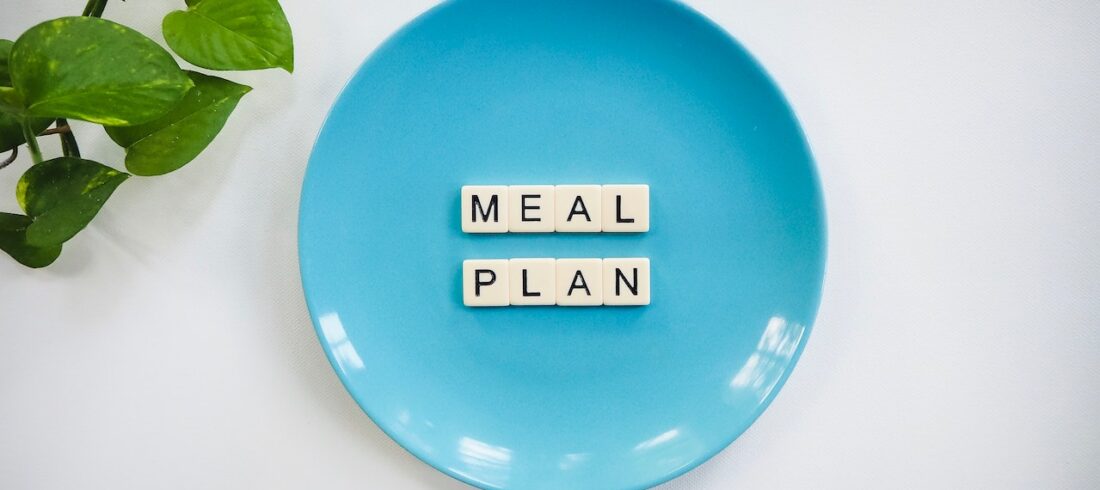High blood pressure is a chronic medical condition that affects millions of individuals worldwide. Commonly known as hypertension, it occurs when the force of blood against the walls of the arteries remains high for an extended period of time. This higher-than-normal blood pressure can damage arteries and increase the risk of developing other chronic conditions such as heart disease.
A balanced diet and proper meal planning can help alleviate the impact of hypertension. Below are a few practical tips for better meal planning and nutrition for individuals with hypertension:
1. Reduce Sodium Intake
Sodium, a nutrient that the body needs to function correctly, can present dangerous risks when consumed in excess. That’s because too much sodium increases one’s risk of developing high blood pressure.
The American Heart Association recommends that individuals with hypertension consume less than 1,500 milligrams of sodium per day. That’s about two-thirds of a teaspoon of sodium. To help manage sodium intake, reduce consumption of processed foods which are typically high in sodium. Also be sure to read food labels which can help you spot salt as well as other types of sodium which may be listed as an ingredient in the foods you eat. Such additional types of sodium may include monosodium glutamate (MSG), a flavor enhancer typically used in fast foods, canned foods such as soups, deli meats, etc.
Using natural herbs and spices can also add flavor to foods while reducing sodium consumption. These may include rosemary, oregano, basil, parsley, ginger, paprika, cinnamon and nutmeg.
2. Make a List of Your Favorite Foods
According to the Center for Disease Control and Prevention (CDC), almost half of the American adult population – that’s about 116 million – have hypertension*. Unfortunately, only about 24% have the condition under control.
Meal planning can help individuals gain more control over their sodium intake and general nutrition. Since meal planning is much more fun when individuals incorporate foods they love, consider starting your meal planning with a list of your favorite foods. This can help you determine what your favorite foods are so you can more easily spot potential gaps in your nutrition.
Once you have completed your list, consider creative ways in which you can incorporate these foods into your diet or find healthier alternatives. For instance, do you need to add more vegetables, healthy fats or lean meats to your diet? If you enjoy nuts and legumes, options that are unsalted or unprocessed would be useful to include in your meal plan.
You can also consider sharing your findings with your primary care physician to get feedback on next steps. Should you need support from a nutritionist or dietician, your doctor can provide guidance to help you gain the help you need to consistently improve your diet and general health.
3. Eat More Fruits and Vegetables
Fruits and vegetables are nutrient-rich foods that you can consume to help keep hypertension under control. These foods are also a good source of fiber, which aids in digestion while helping individuals to feel fuller for longer. For the best results, consider eating fresh fruits and vegetables instead of those that have been processed since these can include added sugars or sodium.
What fruits or vegetables are best? A colorful variety is a great place to start since this usually helps to guarantee nutrient diversity. Typically, fruits and vegetables that have different colors offer different types of nutrients that your body needs to function properly. These colorful plant-based foods also contain phytochemicals – natural compounds that help protect your body against diseases.
4. Choose Whole Grains
Whole grains refers to grains that have the entire grain kernel, including the nutrient-rich germ and bran. Typically the germ and bran are removed during the refining process and thus are not present in grains that have been refined – white flour or white rice, for instance.
As an excellent source of fiber, vitamins, and minerals, whole grains can help individuals with hypertension plan delicious, healthy meals. Moreover, these foods offer significant health benefits including the following:
- Decreasing the risk of insulin resistance
- Reducing damage to blood vessels
- Increasing potassium level, which is linked to lower blood pressure
- Allowing individuals to feel full for longer and maintaining a healthy weight
To help manage hypertension, choose whole grains such as whole wheat bread, brown rice, and oats, over refined grains.
5. Add Lean Meats to Your Meal Planning
Lean meats are an excellent source of protein. Your body needs protein to help build and repair its tissues. Meats such as chicken, fish, turkey can help individuals with hypertension gain the protein they need. In addition, other forms of lean protein such as legumes and low-fat yogurt can be useful additions to your meal planning efforts.
Consider ways you can add healthy protein to your diet and be sure to seek guidance on how to effectively portion your meals. A good balance of proteins, fruits, vegetables, whole grains and healthy fats can help you stay healthy while keeping your blood pressure under control.
Your health matters because you matter. By considering ways to improve meal planning, individuals with hypertension can help get their blood pressure under control. Delicious recipes abound but, most importantly, knowing which foods you like and accessing which foods you’ll need to add to your diet can get you stay on track as you plan for healthier meals.
* https://www.cdc.gov/bloodpressure/facts.htm
** https://www.heart.org/en/health-topics/high-blood-pressure/changes-you-can-make-to-manage-high-blood-pressure/managing-blood-pressure-with-a-heart-healthy-diet

